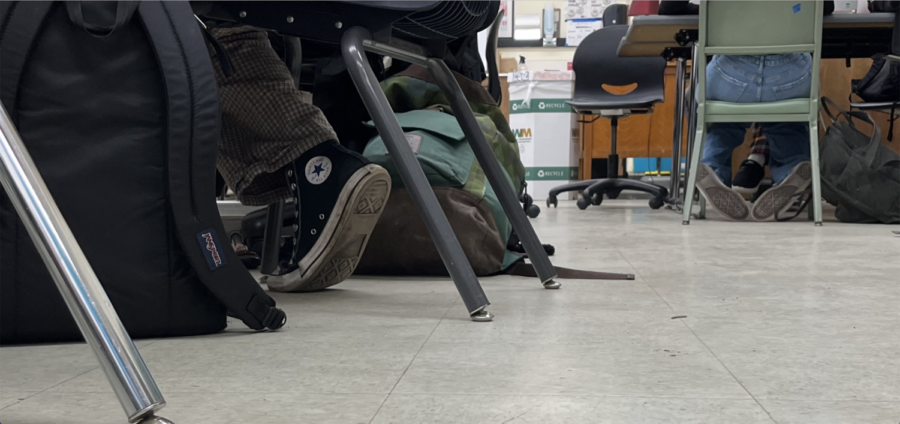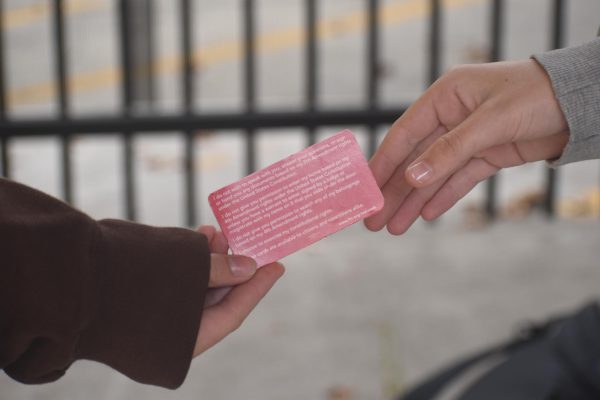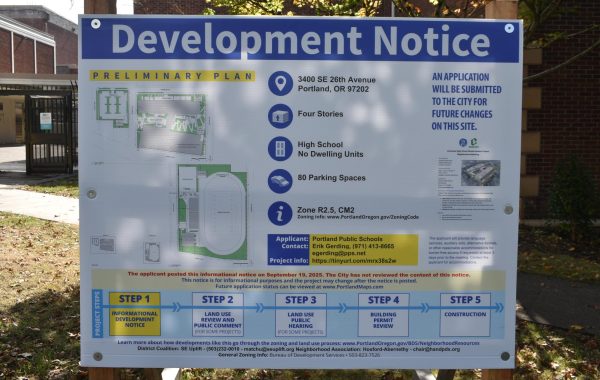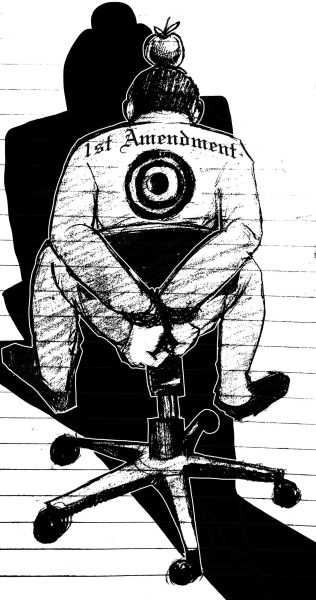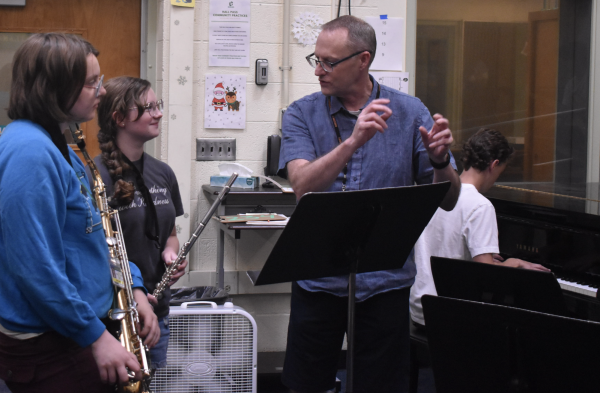Reaching out with CARE – CARE leadership’s Student Safety Survey
Clarion photo Sophia Jordan
CARE (Cleveland Alliance for Racial Equity) leadership class made its way around Cleveland in late November facilitating a Student Safety Survey. While only a few questions long, it is hoped that the impact will be immeasurable.
CARE, to spread awareness about student safety concerns, asked the student body to share their experiences. Questions like, how emotionally safe do you feel at Cleveland? Or, how confident do you feel in the school administration’s handling of student safety overall? You could rate your comfort, or discomfort on a scale of one to ten, or type a long free response. Additionally, they asked for specific instances, stories, and experiences so they can share the voices of the students.
These poignant questions wanted to touch on topics that many student to teacher interactions dance around, with the additional layer of anonymity students should feel free to voice their genuine concerns and inner thoughts regarding the school. With a widespread survey, CARE can gather measurable data, which along with firsthand accounts makes a very powerful tool for change.
“Once the data is sorted to break down responses by race, gender, sexuality, and grade, we will be able to start writing an all-encompassing research report that will be publicly available but mainly written to assist our school administration in their understanding of how students feel. Once the research report is done, the data will be used to create the Student Safety Video and the Student Safety Zine,” according to the Student Safety Survey project group.
“Like any other survey, the student safety survey is a data collection, a tool, we’re hoping to gauge student perception, or how they feel at this school every day. Also to break it down by race, gender, sexuality to see if there is any group being left behind by the administrations’ policies or school board,” said Jacklynn Yan, student safety survey project lead, during an interview shortly after the survey took place.
The end data will also be compared to the results of 2019’s Student Safety Survey, to note any improvement and or influxes in certain groups.
“We shouldn’t hold expectations for the school administration. [However], we would hope they would act on the data and make the school a better place for everyone …, but [again] I can’t speak to what the administration will do,” Yan said.
While notably impacting feelings of safety at school, the shooting at Cleveland on Dec.12 was shortly after the survey was sent around the school. When asked, CARE said that they will remain hard at work but will make notes in the various media they create, concerning the survey, that it will be devoid of reactive responses to the events in December.
The survey interactive results for the student body: a zine, video, and research report paper will be released shortly after the data has been processed. And the student safety survey report will be sent to the Cleveland administration as well.
Resources that CARE wanted to pass along include, “CHS Mental Health Advocacy, trusted adults, and Confidential Advocates can be good resources for students. But it’s difficult to recommend a one-stop shop for students who may be struggling.”



